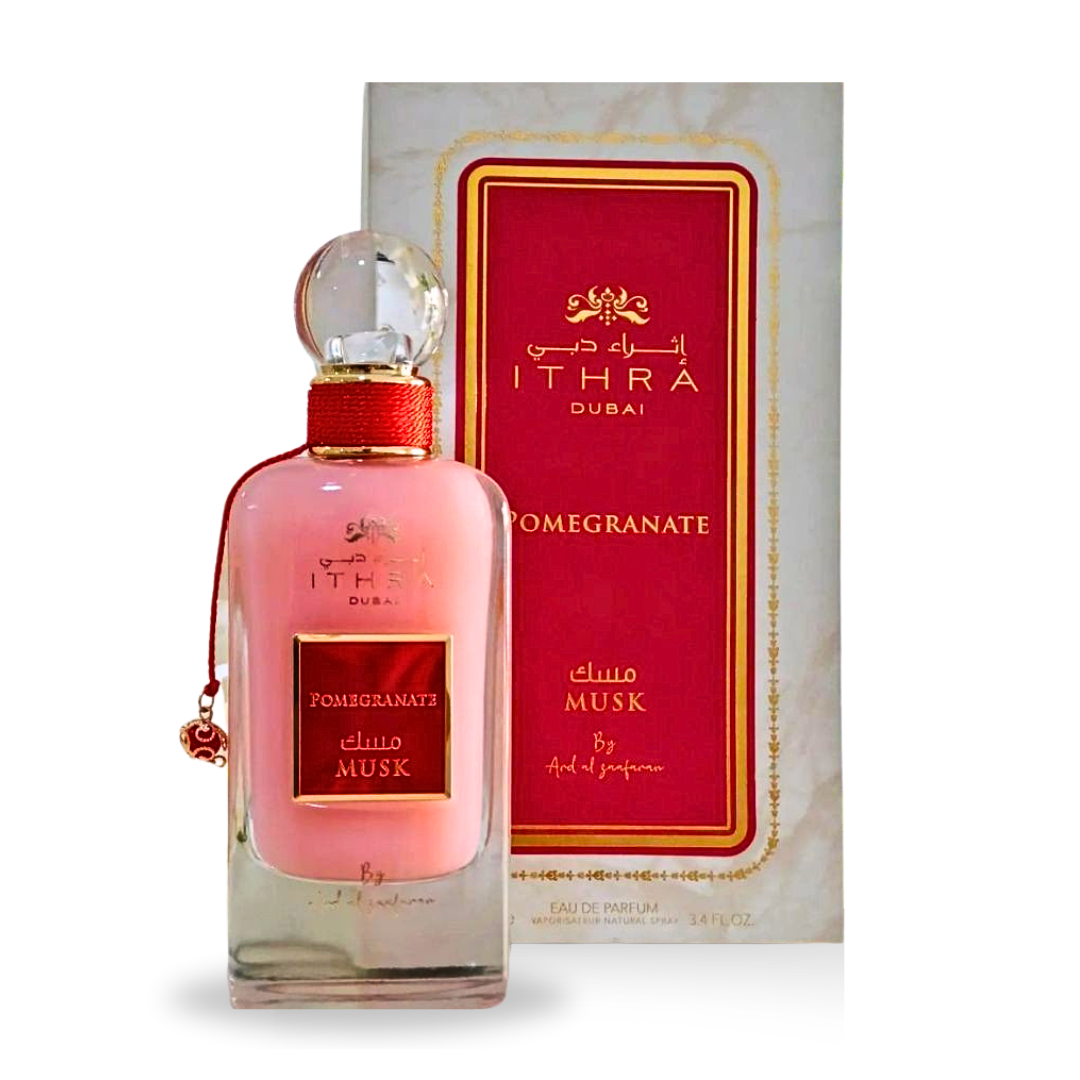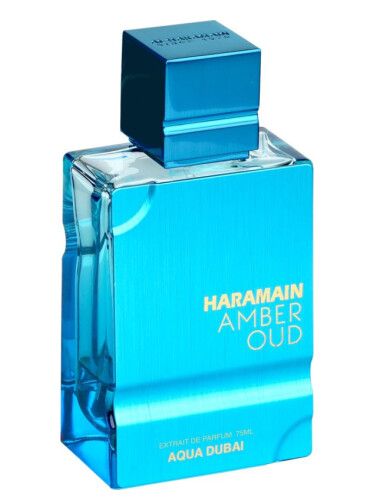Dubai Perfumes: Where Practice Satisfies Modern Deluxe
Dubai Perfumes: Where Practice Satisfies Modern Deluxe
Blog Article
Experience the Rich, Exotic Fragrances of Dubai Perfumes
The perfumes of Dubai stand for a distinct confluence of custom and modernity, where the prominent significance of oud offers as a structure for a varied array of scents. Each artisanal development not just mesmerizes the senses however additionally narrates a rich social heritage, drawing from indigenous ingredients and classic methods.
The Significance of Oud
Oud, often described as "fluid gold," is a fragrant resin stemmed from the heartwood of the Aquilaria tree, which is belonging to Southeast Asia and the Middle East. This splendid substance kinds when the tree goes through a fungal infection, prompting it to generate a dark, aromatic resin as a defense reaction. The resulting oud is very valued for its abundant, complicated scent account that can range from pleasant and woody to smoky and balsamic, making it a foundation of Middle Eastern perfumery.
Oud has a long-lasting cultural importance, usually used in conventional ceremonies and as a sign of deluxe and sophistication. Its appeal is not only as a result of its one-of-a-kind fragrance however additionally its rarity; top quality oud can regulate impressive rates in the global market. The removal procedure is labor-intensive, with sustainability issues emerging from overharvesting of Aquilaria trees.
In contemporary perfumery, oud has actually transcended its standard limits, inspiring a new wave of scents that incorporate its distinct notes. Because of this, it has actually ended up being a vital active ingredient for both niche and mainstream fragrance houses, astounding a diverse target market worldwide.
Conventional Attars Described
Fragrances crafted in the Center East frequently include an abundant tradition that expands beyond modern artificial scents. These focused scent oils are derived from herb sources, such as spices, herbs, and flowers, usually through methods like steam distillation or enfleurage.
Attars are usually alcohol-free, making them suitable for different cultural practices and preferences. They are recognized for their long life and richness, typically lasting for hours or perhaps days after application (Dubai Perfumes). Common ingredients consist of sandalwood, climbed, jasmine, and brownish-yellow, each adding unique notes that integrate beautifully in each blend

Artisanal Craftsmanship in Perfumery
The art of crafting perfumes is a thorough procedure that calls for not only imagination but also a deep understanding of fragrance structure. In Dubai, this artisanal workmanship makes use of centuries of tradition, where competent perfumers, referred to as "mukhalliq," blend their competence with an innate feeling of aroma. Each perfume is an one-of-a-kind development, mirroring the artisan's vision and the area's rich cultural heritage.
Artisans start their work by picking premium resources, usually sourced locally and worldwide. The cautious option process ensures that each active ingredient contributes to the fragrance's intricacy and deepness. Techniques passed down via generations, such as maceration and distillation, are employed to draw out the essence of these products, permitting the perfumer to catch their real personality.
Moreover, the blending procedure is an art by itself. It involves not just the exact combination of notes but additionally the click for source capacity to stabilize toughness and subtleties, producing an unified fragrance account - Dubai Perfumes. The end product is a testimony to the artisan's ability and devotion, leading to fragrances that are not just products however expressive experiences that narrate of their beginning and workmanship
One-of-a-kind Ingredients of Dubai Fragrances
Crafted with an extraordinary mix of creativity and tradition, Dubai fragrances are differentiated by their special components, many of which are deeply rooted in the region's background and society. Central to these scents is oud, a resinous wood from the Aquilaria tree, renowned description for its rich, complex fragrance. Considered a luxury, oud is usually combined with other parts to create deepness and refinement.
One more staple is brownish-yellow, valued for its cozy, sweet notes that evoke a feeling of convenience. It's frequently incorporated with flavors like saffron and cardamom, including an exotic site web flair that mirrors the lively markets of Dubai. Floral notes, such as rose and jasmine, also play a substantial duty, infusing the fragrances with a fresh, delicate significance that stabilizes the larger base notes.
Furthermore, natural oils stemmed from natural herbs and fruits, such as bergamot and basil, add to the overall profile, improving the scents with stimulating and intense touches. These ingredients, chosen for their high quality and social value, make sure that Dubai fragrances are not merely aromas yet represent an abundant tapestry of tradition and sensory experience.

Cultural Relevance of Dubai Perfumes
Personifying a rich cultural heritage, Dubai fragrances serve not only as personal adornments yet additionally as symbols of identification and tradition. In a region where fragrance plays a crucial duty in day-to-day live and social communications, these fragrances reflect the values and personalizeds of Emirati society. Generally, the art of perfumery has actually been a revered craft, gave through generations, and deeply intertwined with the region's history.
Perfumes hold substantial significance during special events such as weddings, religious celebrations, and social celebrations. The act of gifting scents is a common method, demonstrating respect and affection amongst friends and family. The unique scents commonly stimulate memories of heritage, linking people to their ancestry and communal origins.
In addition, Dubai's fragrances are representative of the combination between old practices and modernity. As the city ends up being an international hub for business and tourist, the fragrance market has evolved, blending standard ingredients with modern techniques. Hence, Dubai perfumes not only stand for the essence of the area's cultural identity but additionally encapsulate its vibrant spirit, making them a source of pride for residents and an interest for visitors.
Conclusion
Finally, Dubai fragrances envelop an abundant tapestry of social heritage and artisanal workmanship. The harmonious mix of oud, floral, and hot notes creates an unique olfactory experience that transcends plain fragrance, symbolizing identity and practice. Each aroma works as a story, showing the region's history and values. The distinct ingredients and conventional attars add to the attraction of these scents, strengthening their relevance in both global and regional contexts.
The perfumes of Dubai stand for a distinct convergence of practice and modernity, where the renowned significance of oud offers as a foundation for a diverse variety of scents.Perfumes crafted in the Middle East often include an abundant tradition that expands past modern-day synthetic fragrances. These fragrances are frequently kept in luxuriant bottles, reflecting the social significance and aesthetic worth of the perfume itself.The art of crafting fragrances is a precise procedure that needs not only imagination however likewise a deep understanding of scent composition.Personifying a rich cultural heritage, Dubai perfumes offer not just as personal adornments but also as symbols of identification and practice.
Report this page